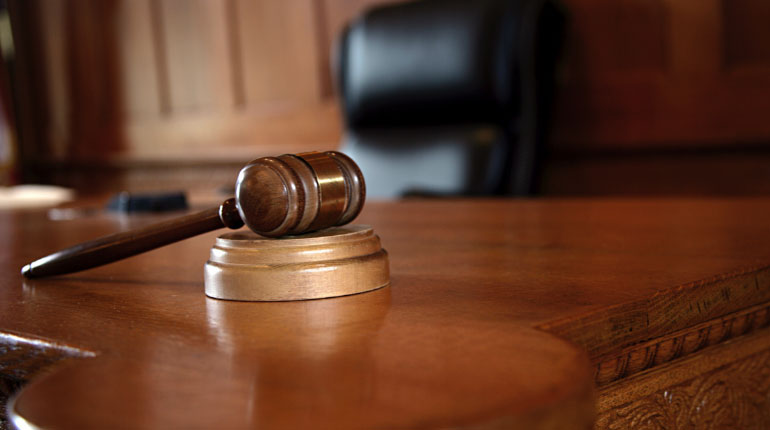American courts face tremendous challenges in providing justice for all, especially when it comes to adoption of technology
Courts typically have very limited money or personnel to adopt and maintain legal technologies; and across the U.S., judges face many obstacles to smoothing out workflow.
While judges and courts often don’t have access to state-of-the-art technology and sufficient support staff, many still are embracing technology. We interviewed six current and retired federal judges about change management.
Workflow Challenges
It’s not surprising that many judges are concerned about litigants who do not have the large financial resources and technological sophistication of Big Law.
“Managing workflow is the technology gap between counsel and pro se litigants,” observed James Francis, Magistrate Judge in the U.S. District Court for the Southern District of New York. “The latter file paper documents which must be scanned into the electronic case filing system, incurring expense, causing delay, and frustrating the pro se litigant,” he said.
“In the federal courts, there are many judicial seats to be filled — and without human beings filling them there is no way to manage any work flow.
— John Facciola, retired U.S. Magistrate Judge
Paul Grimm, a U.S. District Judge for the District of Maryland, agreed, ticking off a list of potential problems. “The overall volume of civil cases filed; the number of pro se cases; non-prisoner cases where issues are complex and only one side has a lawyer; convincing more federal judges to be active case managers; lawyers who are unaware or non-compliant with the rules of procedure.”
Then there’s the “the heavy, ever-changing workload — and quickly evolving technology,” added Elizabeth Laporte, a Magistrate Judge in the U.S. District Court for the Northern District of California. It is difficult to keep up “in a timely, effective way.” Other stresses include “constant pressure on court budgets” and the high cost of living in the San Francisco Bay Area that impacts the court’s employees, she said.
And in that region especially, it’s no doubt frustrating for citizens who are called to serve on juries. “Jurors expect and deserve sophisticated technology to assist their understanding of the evidence, but it is expensive to outfit courtrooms with that technology,” noted Laporte. “Moreover, the smartphones and other technology they are accustomed to using in their daily lives to research topics and communicate information instantaneously poses a challenge to ensuring that jurors decide cases only on the evidence presented in court.”
Shira Scheindlin, a retired U.S. District Court Judge for the Southern District of New York and now Of Counsel in the New York office of Stroock & Stroock & Lavan and an arbitator/mediator at JAMS, concurred. “Ensuring that everything is accessible online” is a key workflow challenge, she said. “Federal courts are up to speed, not all state courts are. Given that state dockets make up 90% of all cases, states need to be sure that everything is e-filed and that all filed documents are accessible to all courts, litigants and parties as needed.”
“Jurors expect and deserve sophisticated technology to assist their understanding of the evidence, but it is expensive to outfit courtrooms with that technology.”
— Magistrate Judge Elizabeth Laporte
Francis explained that it takes a steady “balancing [of] courthouse security with technological efficiency”, noting that “only recently has my court relaxed its security to the point of allowing some lawyers to bring cell phones and laptops into the courthouse with appropriate authorization. The USB ports on my work computer are deactivated, lest someone inadvertently introduce a virus or malware. And if I were to unilaterally download an app to my desktop, laptop or government iPhone, our security committee would have a stroke.”
David Waxse, a Recalled Magistrate Judge for the U.S. District Court for the District of Kansas, placed some of the blame for the workflow problems on the lawyers themselves: “Too many lawyers are not focusing on their new obligation under the amended Rule 1 provisions to attempt to find a method to reach a ‘just, speedy and inexpensive determination’ of every action. As the amended comment to the amended rule points out, cooperation among counsel is one of the best ways to reach that goal.”
John Facciola, a retired U.S. Magistrate Judge for the District of Columbia and an Adjunct Professor of Law at Georgetown Law, looked to the future: “In the federal courts, there are many judicial seats to be filled — and without human beings filling them there is no way to manage any work flow. Without prompt appointments and expeditious confirmations, the courts will go from crisis to crisis. Criminal cases will have to take priority and civil cases will have to wait, leading, I fear, to fewer civil trials. It is a true judicial emergency.”







